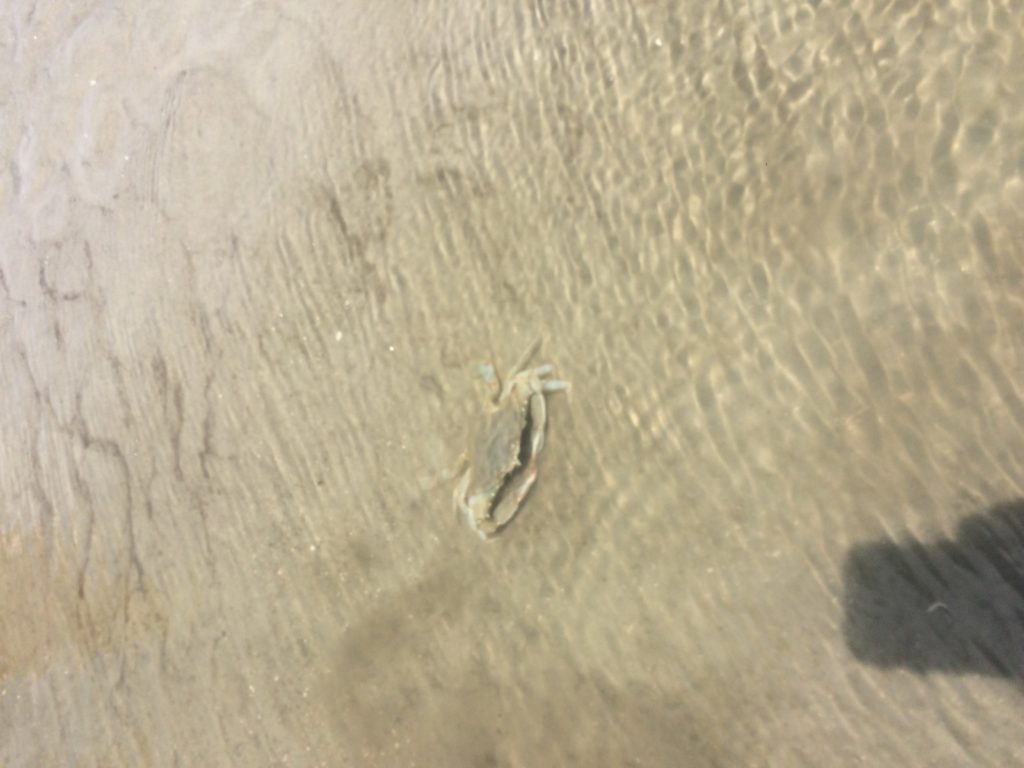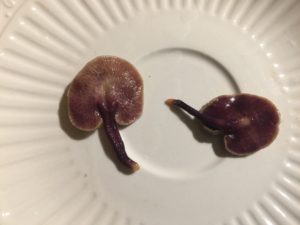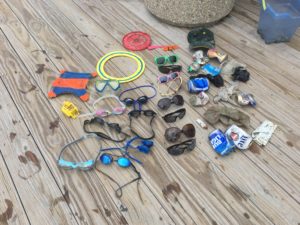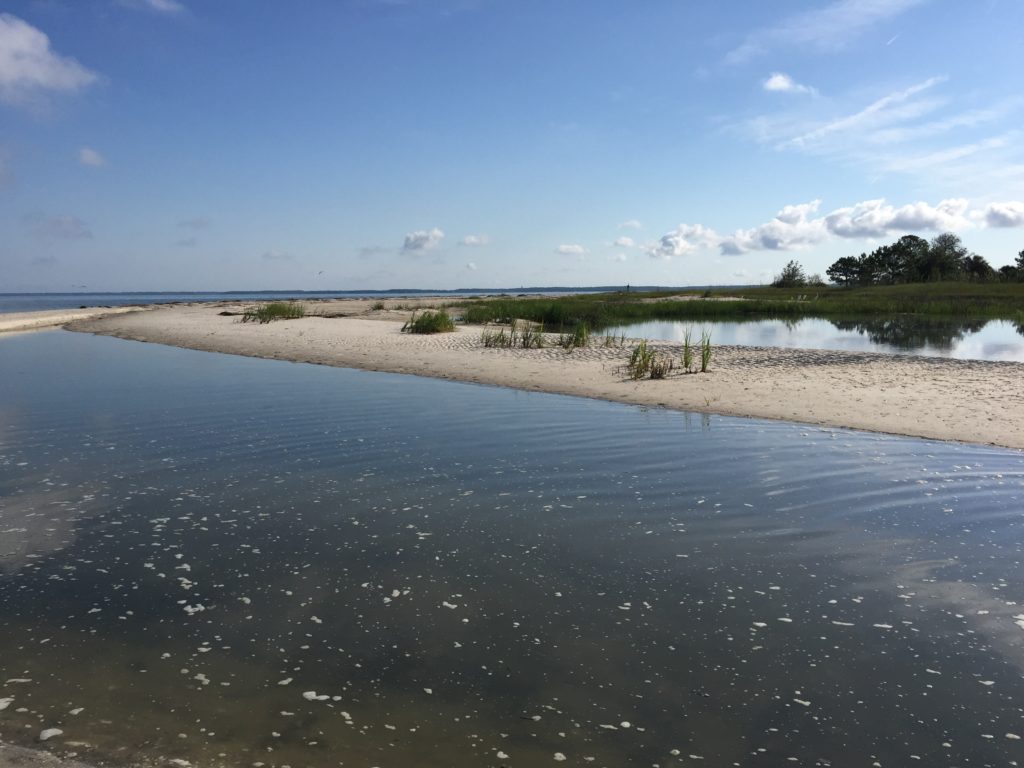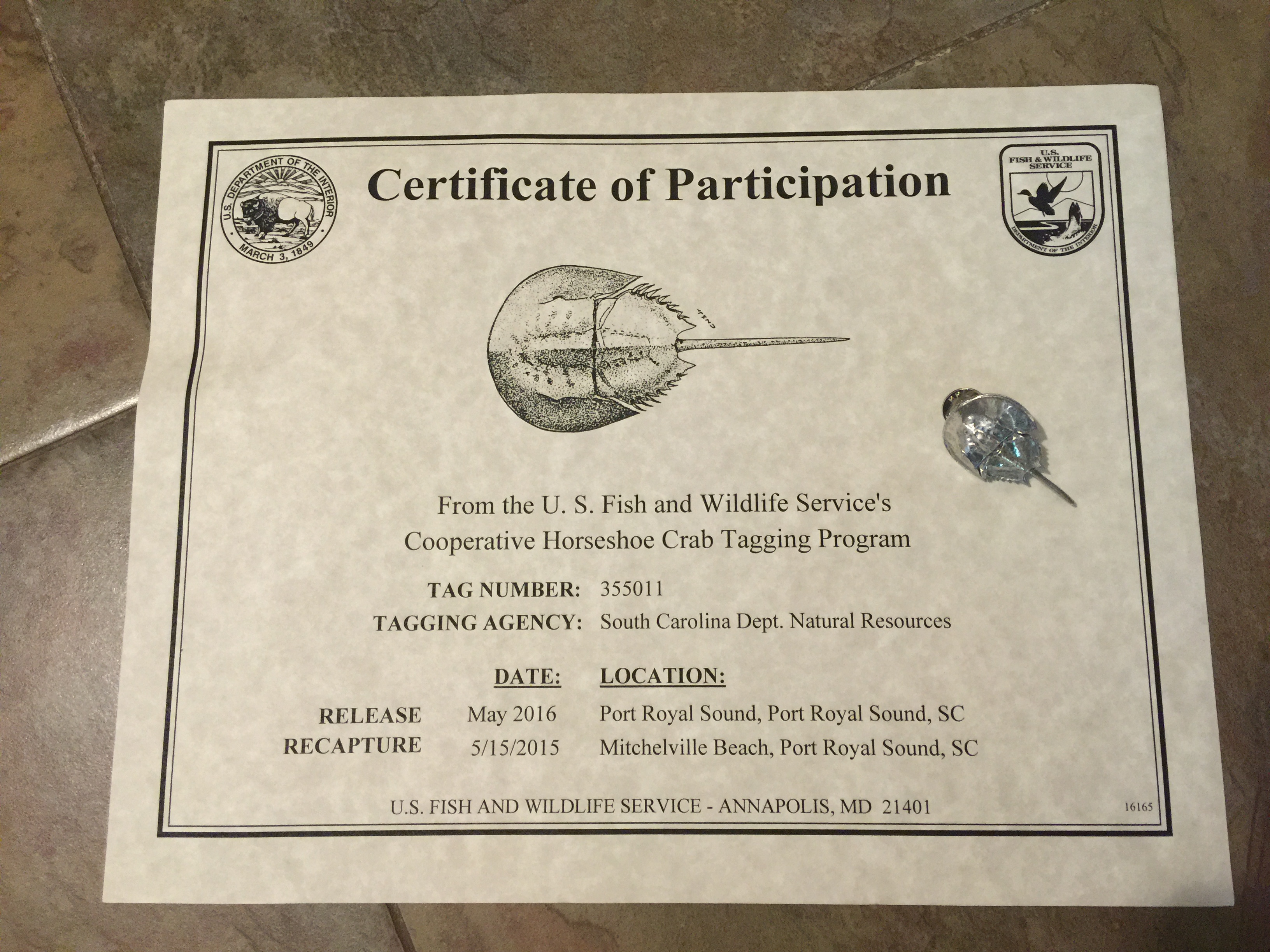I recently spent the afternoon on a beach adventure with a friend, her daughter (also a friend), and her three girls. These girls have gone on a number of beach adventures with me and are growing up to be fine beach nerds, my protégés making Miss Mary so very proud.
We were walking alongside a series of deep tidal pools with the girls trailing behind when, hearing a bit of commotion, we turned around to see only the head of Protégé K sticking out of one of the pools. The first frightening thought for the three adults was that K had dropped into an exceptionally deep pool, but it was quickly obvious, with a huge sigh of relief, that she was just “swimming” in the pool.
We watched as her sisters, Protégés C and L were dancing around, cheering her on. But then the cheers and laughter became screams for her to get out. K (and we) were momentarily confused, but then K was also screaming and running from the pool. We rushed forward, and peering into the water could see that the pool K had been swimming in, in fact, all of the tidal pools, were teeming with Blue Crabs, some of them VERY LARGE. K could have easily been the victim of the fierce claws of crabs just acting to defend themselves.
Once the hearts stopped racing, the laughter set in and we busied ourselves counting crabs and trying to scoop some up in our buckets for closer inspection. We even found what appeared to be a mating pair (the male was cradling the female). As the water settled and cleared in the pool K had been in, we saw that not only had she been swimming with Blue Crabs, but there was also unbeknownst to her, a fairly large Horseshoe Crab.
With the excitement done, when continued our adventures, and even catalogued a few new critters like Sea Pansies and a Sea Anemone different than what I have seen here before.
- The Sea Pansies had been washed up on the shore so they were collected to dry and add to my beach critter collection.
- A Warty Anemone. These anemones are most often found in the sandy areas around intertidal rocks, and wouldn’t you know, we found this at the base of the jetty at the heel of the island.
Now I have to share the VERY disappointing aspect of our day’s adventure- the TRASH. I always make it a habit to pick up trash while walking the beach, a habit the girls have also picked up (YaY!), and although some days I come back with more beach garbage than beach treasure, this day set a record for the amount collected, not a record we were happy to set.
- Yes, you are seeing that correctly. Sooo many sunglasses and swim goggles. I didn’t even know anyone wore swim goggles in the ocean.


